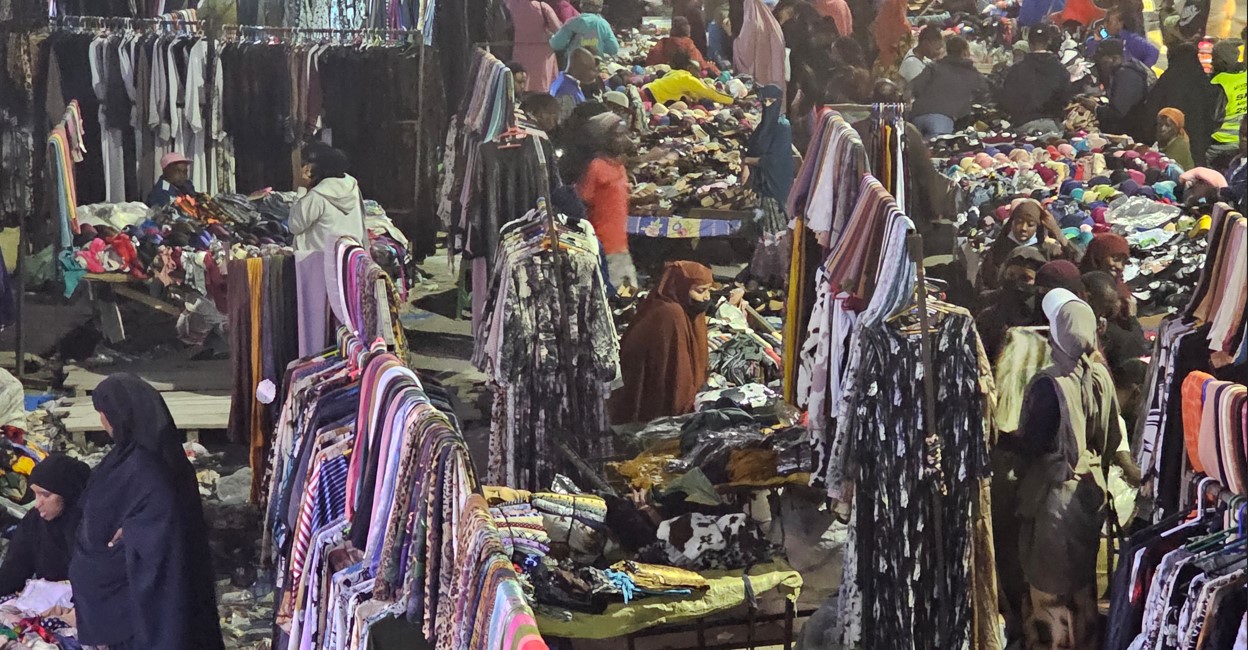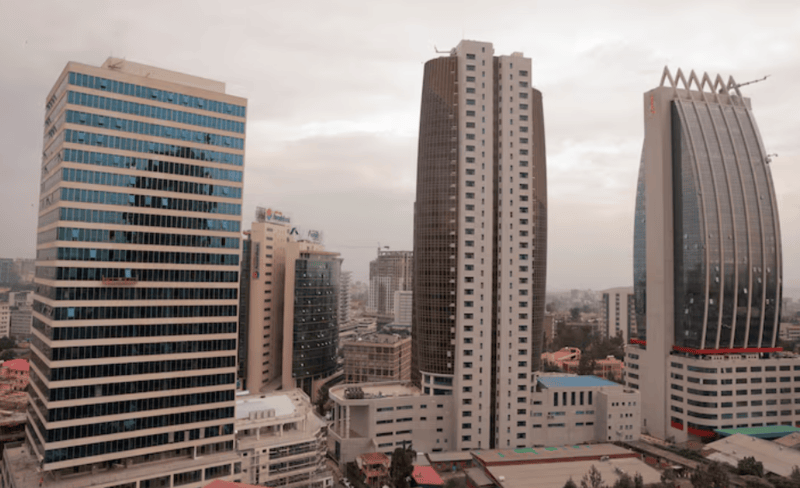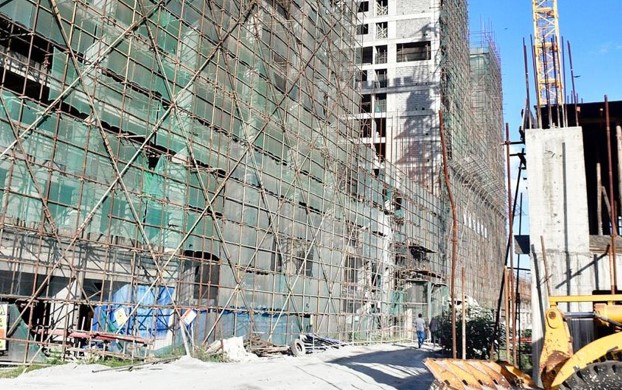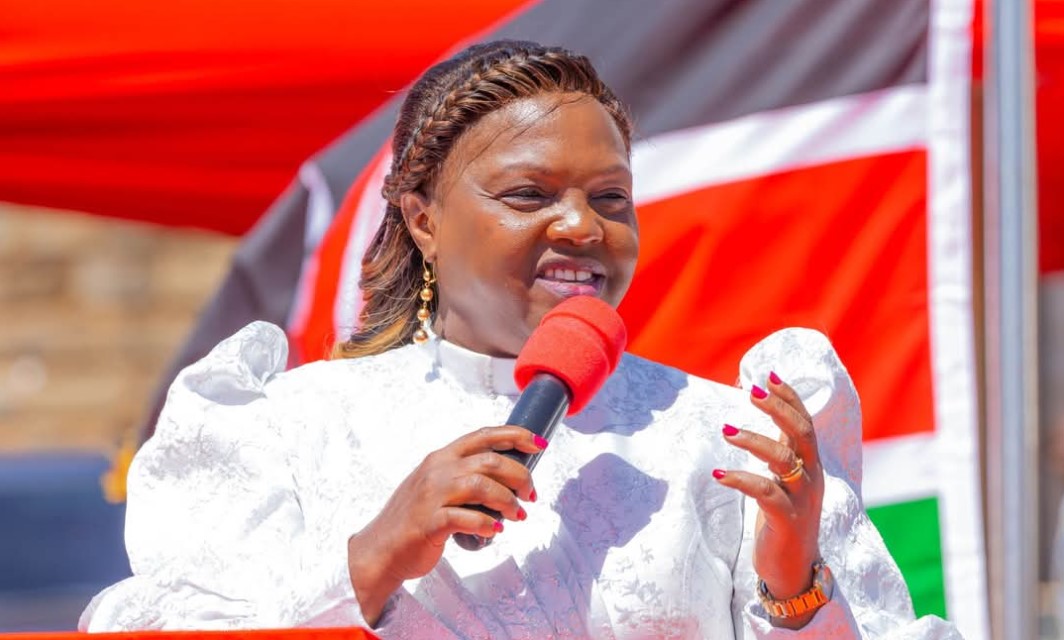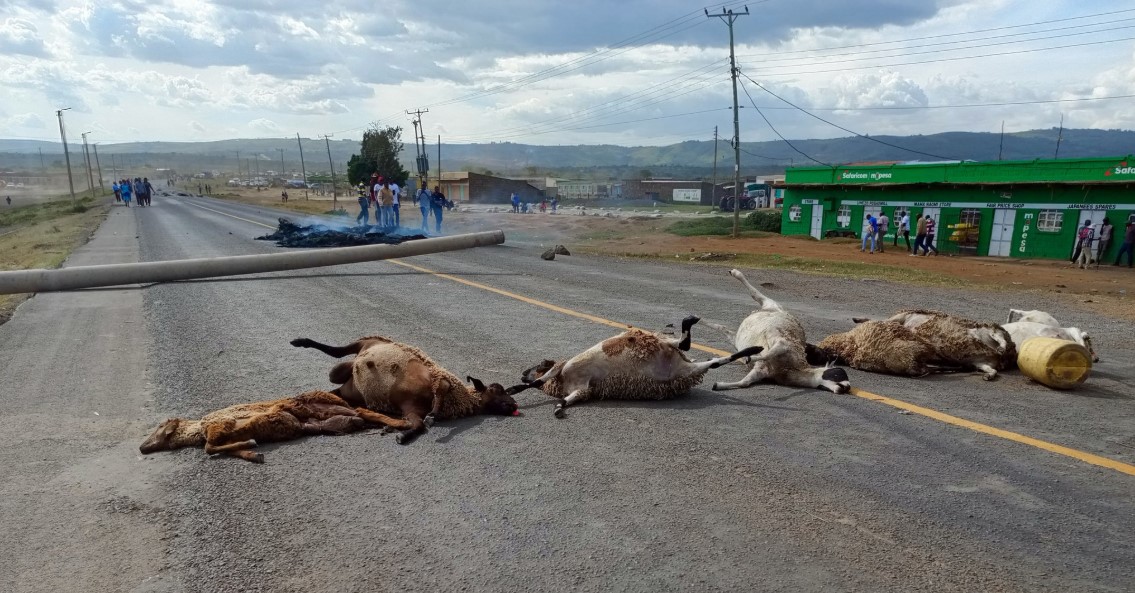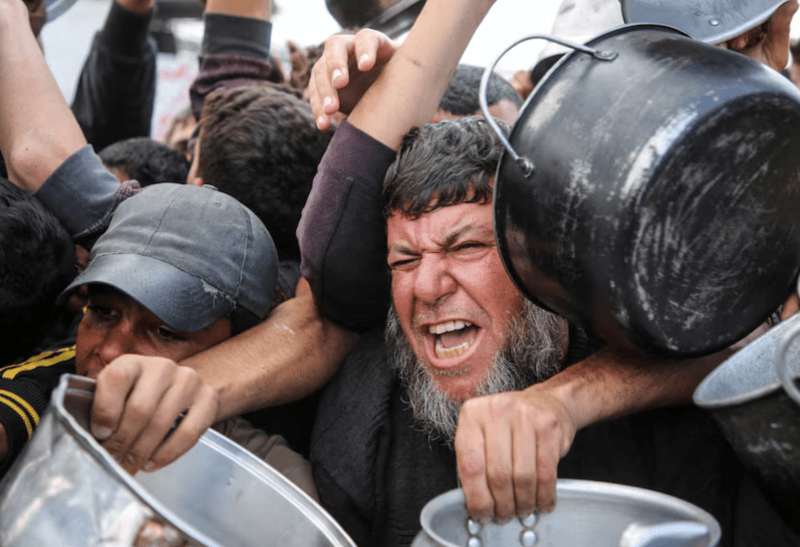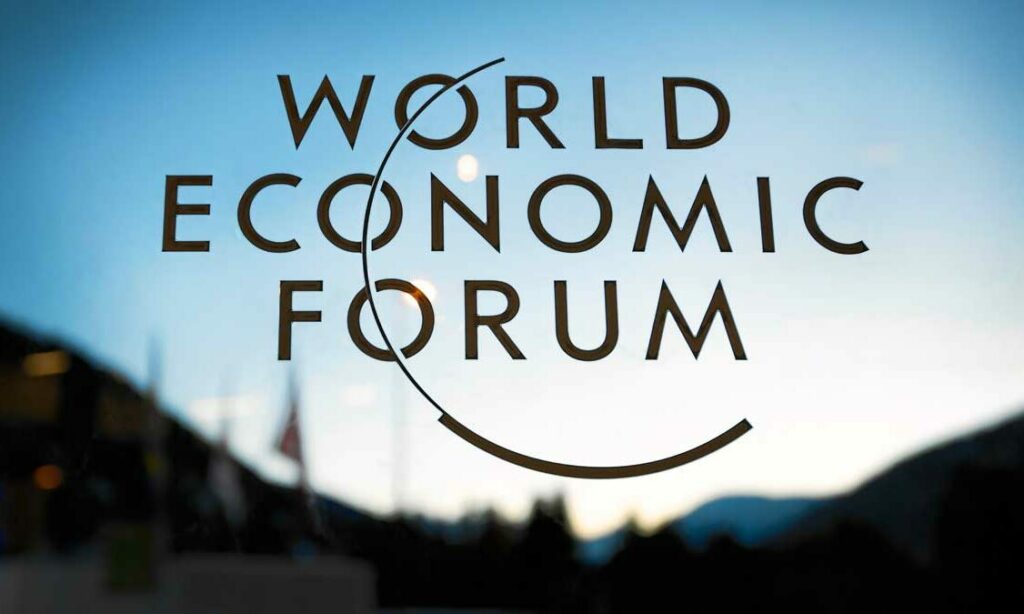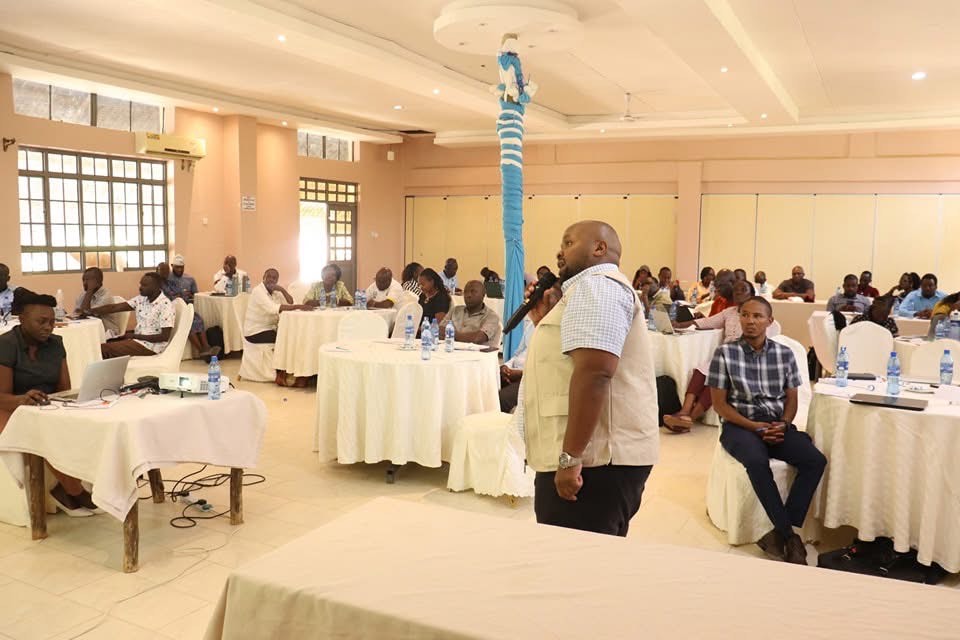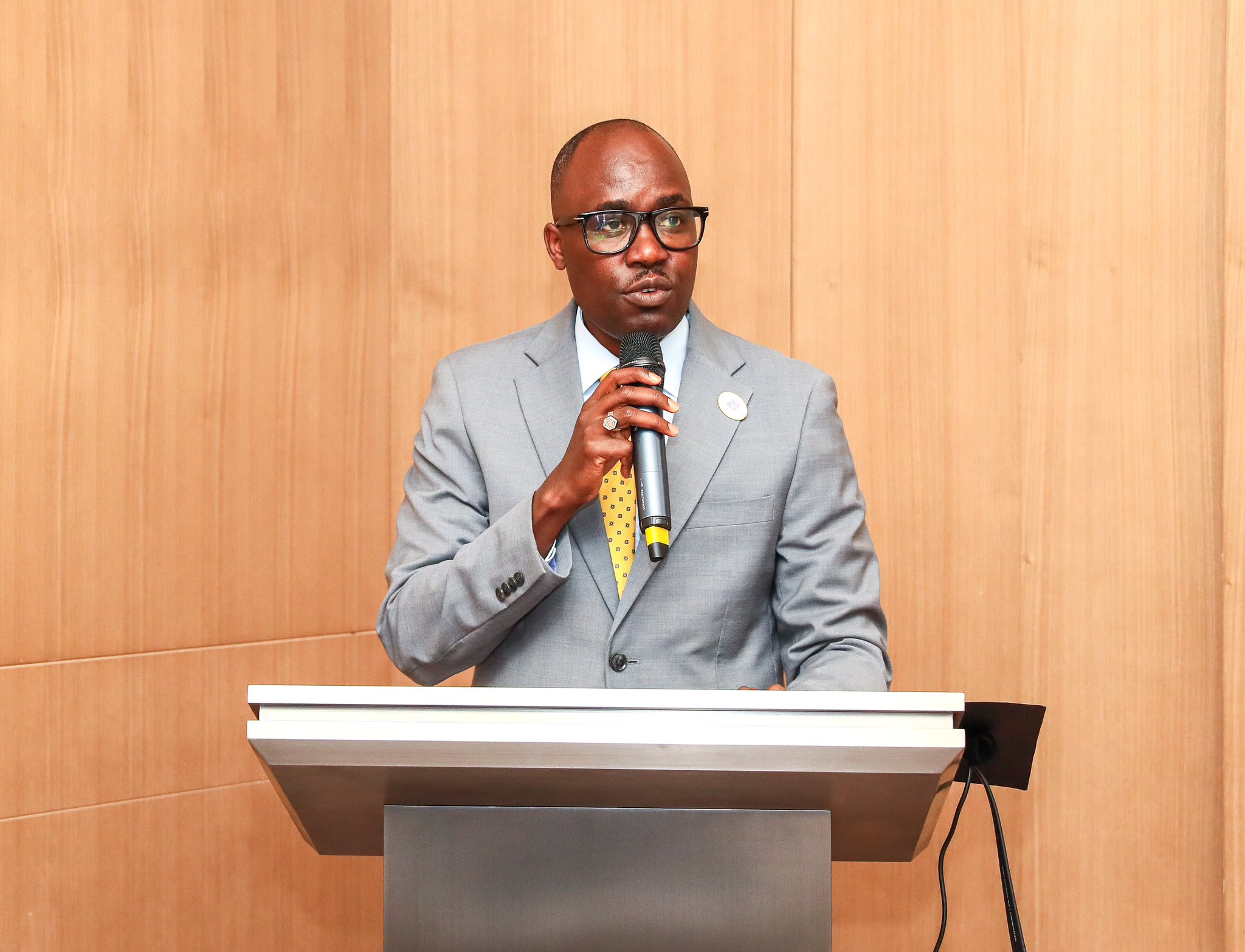IGAD calls on media to counter terrorist propaganda on social media
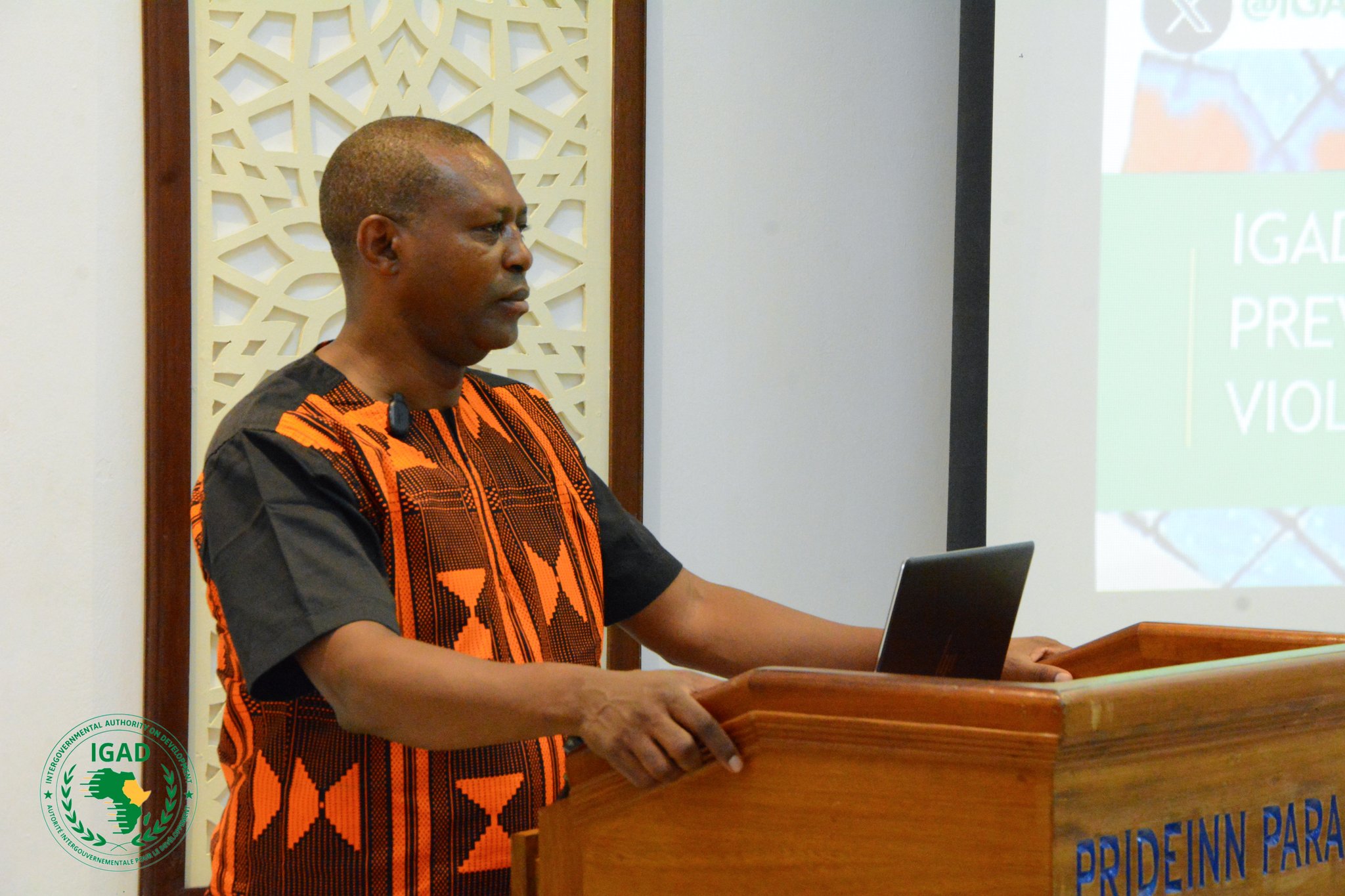
IGAD is in the process of reviewing its Counter Terrorism strategy to adapt it to the changes that have occurred in the region.
The Intergovernmental Authority on Development (IGAD)'s Centre of Excellence for Preventing and Countering Violent Extremism has called on media practitioners in the region to use social media to counter false narratives propagated by terrorists and violent extremists as part of their informing and educating role to society.
The call was made by the Centre's Director Dr Simon Nyambura during the start of a capacity strengthening training for journalists in the IGAD member countries.
More To Read
"It is good that we keep reminding ourselves that violent extremism and terrorism depend on publicity and for that they have continued to exploit the media extensively and its networks be it mainstream or social media to radicalise, sell their message, instil fear and therefore we are called as practitioners to not only be in that space but to be the voice that undermines and challenges these extremist ideologies," said Dr Nyambura.
The training seeks to take stock of progress made in the coverage of Prevention and Countering Violent Extremism (PCVE) stories in the region and assess the current challenges faced by journalists covering the topic while also anticipating future challenges.
Dr Martha Njiri, the Head of Strategic Communications at the Centre noted that countering violent extremism on social media starts with refusing to repost content that promotes violent extremists' propaganda.
IGAD is in the process of reviewing its Counter Terrorism strategy to adapt it to the changes that have occurred in the region.
The training will inform the development of a policy brief outlining key recommendations on best practices in the coverage of violent extremism in the region.
Provide solutions
University of Nairobi's Journalism Lecturer Dr James Oranga reminded participants to always retain an open mindset while covering this topic and provide solutions to the challenges presented in the incidents they cover.
IGAD currently defines violent extremism as the beliefs and actions that sanction, encourage and justify the use of terror, fear and violence to achieve, ideological, religious, political, social or economic goals.
At the moment, Somalia remains the epicentre of violent extremism and terrorism in the region, a challenge that spills over to its neighbouring countries of Kenya, Uganda, Ethiopia and Djibouti.
Countries like Tanzania, Sudan and South Sudan are flagged as states at risk of terrorism and violent extremism as they are currently facing internal challenges that could be potentially exploited by terrorists.
"No country is free of the scourge of Violent Extremism," said Mohamed Houmed, the Deputy Director and Head of Capacity Building at the Centre.
Trends show that the threat of violent extremism is still rife in the region, and while Al Shabaab remains the dominant group, there's an unfortunate notable rise in ISIS numbers in the region.
In terms of incidents, July was the peak month, particularly in Somalia.
The country experienced more attacks in Mogadishu, Galmudug, Hirshabelle, Galdgugdud and Puntland regions compared to other parts of the country.
Kenya recorded reduced attacks, with those that did having been concentrated along the three border counties of Garissa, Mandera and Lamu.
The centre noted that sustained CT operations have seen the militia change tact moving from direct financial transactions to adopting the use of cryptocurrency, increasing their use of social media to radicalise and train recruits as well as the adoption of drones to conduct surveillance.
Top Stories Today

